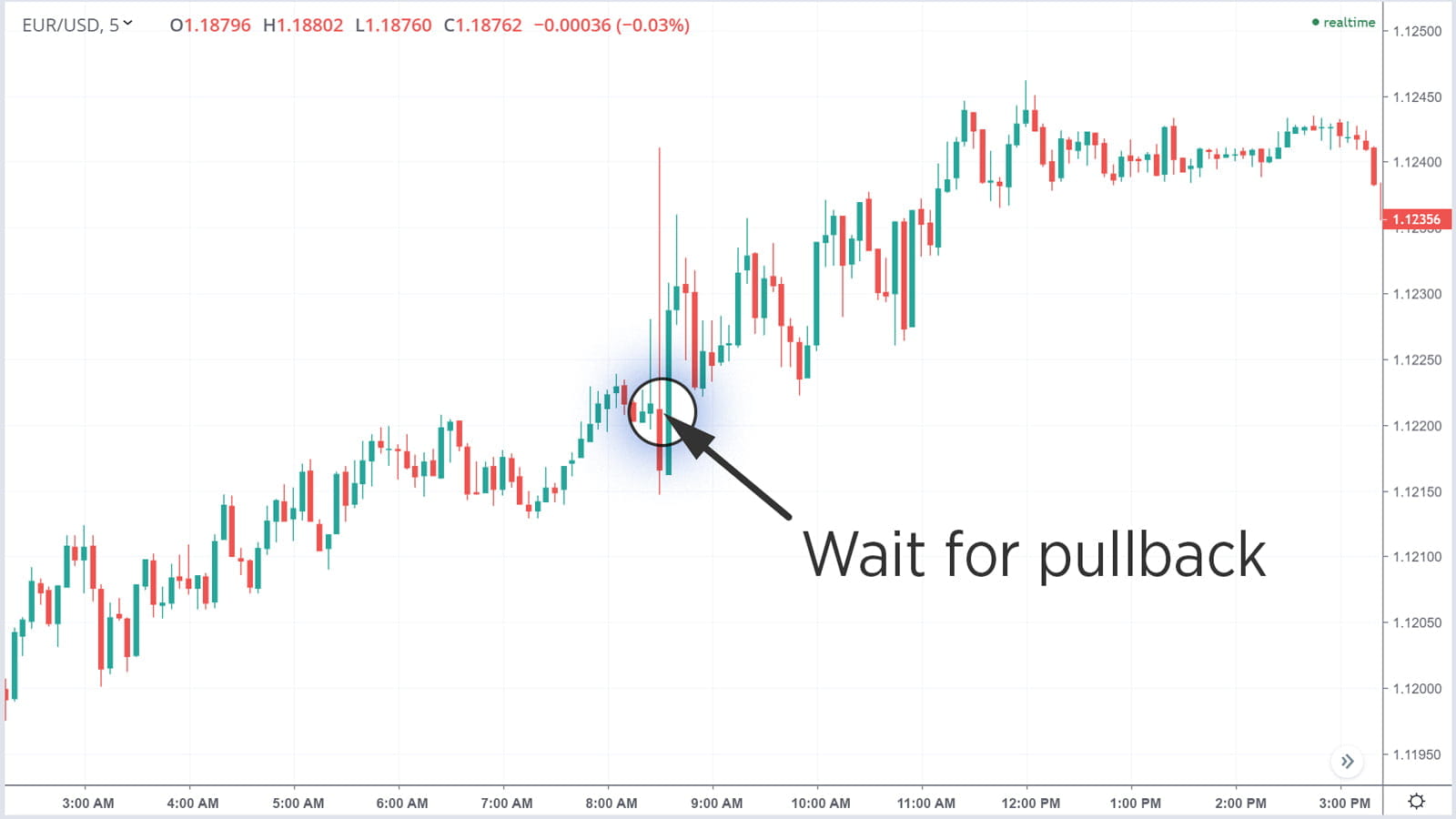 Labor Market Softening as Number of Americans on Unemployment Rolls Increases
Labor Market Softening as Number of Americans on Unemployment Rolls Increases
Introduction:
The latest data from the Department of Labor reveals a concerning trend in the labor market, as the number of Americans on unemployment rolls has risen for the ninth consecutive week. This increase in continuing claims, reaching 1.86 million for the week of June 22, indicates a weakening labor market. Additionally, initial jobless claims have been steadily rising, reaching 238,000, although still relatively low compared to historical standards. Other indicators, such as the Institute for Supply Management (ISM) report and ADP’s findings, further support the view of a labor market downturn.
Labor Market Weakness Evident in Various Data Points:
The Institute for Supply Management (ISM) report released on July 3 highlights a contraction in employment within the U.S. service sector. This decline in the composite index is attributed to lower business activity and a contraction in new orders. Steve Miller, chair of the ISM’s services business survey committee, emphasizes that many businesses are experiencing flat or decreasing activity, with inflation easing but certain commodities remaining costly.
ADP’s payroll processor report also aligns with these findings, indicating a lack of broad-based job growth. While the report shows that U.S. private employers added 150,000 jobs in June, it is worth noting that this figure represents the third consecutive month of slowing job creation numbers. Nela Richardson, ADP chief economist, acknowledges that without a rebound in hiring within the leisure and hospitality sector, June would have been a more challenging month.
Anticipation for Nonfarm Payrolls Data Release:
Market analysts are now eagerly awaiting Friday’s release of official government figures on nonfarm payrolls, a key measure of job creation. Many strategists anticipate that this data will further demonstrate signs of labor market softening. JP Morgan Chase economist Michael Hanson predicts a gain of 200,000 jobs in June, down from the 272,000 recorded in May.
Federal Reserve’s Delicate Balancing Act:
Federal Reserve Chair Jerome Powell recently addressed the labor market situation at the European Central Bank’s monetary policy conference. Powell stated that the central bank’s high interest-rate policy has successfully curbed inflation, but policymakers are now considering when to cut interest rates to avoid hindering the labor market’s progress. Balancing the need to prevent inflationary pressures with the risk of undermining economic recovery proves to be a delicate task for the Federal Reserve.
Conclusion:
The latest labor market data, including rising continuing claims and initial jobless claims, as well as reports from the ISM and ADP, all point to a softening labor market. The upcoming release of nonfarm payrolls data will likely provide further evidence of this trend. As policymakers navigate the decision of when to cut interest rates, they are aware of the potential consequences of acting too soon or too late. Striking the right balance is crucial to ensuring sustained economic growth while avoiding unnecessary setbacks in the labor market.

